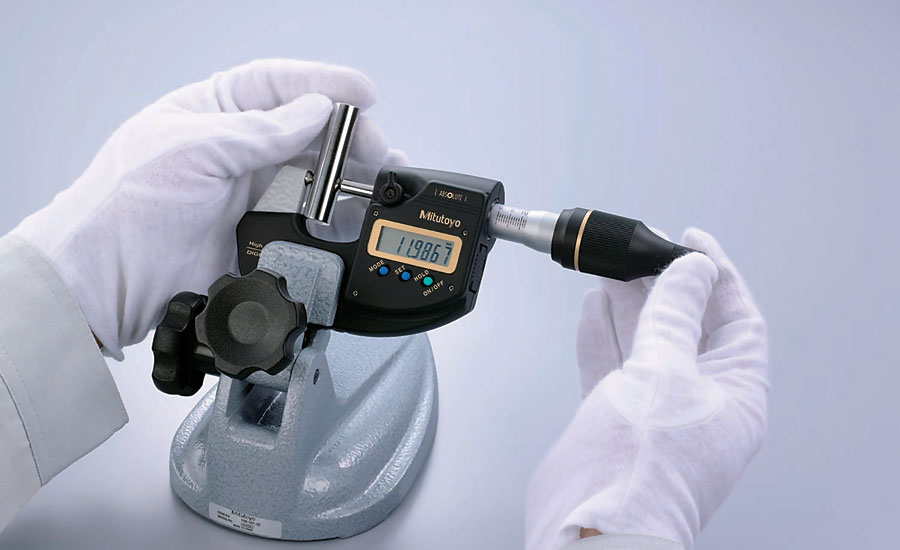If you need accurate and precise measurement, a micrometer is the best tool for you. It is used for taking measurements like thickness, width or lengths of a workpiece.
Although all micrometers look the same, there are many different types of micrometers available in the market. To choose a mitutoyo micrometer at Penntool, it is important to first understand what different types of micrometers exist. They come in different shapes and sizes and each serves a different purpose. Let’s take a look at the different types of micrometers.

The following three are the basic categories of mechanical-type micrometers:
- Outside micrometer: These are the most commonly used micrometers. They are used to measure diameters of wires, pipes and lengths and breaths of a block. These are usually used to measure the thickness of the workpiece.
- Inside micrometer: These micrometers are used to measure the inside of a hole or a tube and any such distances. They come in tubular type or caliper type micrometer.
- Caliper-type micrometer:They have measuring jaws which are very similar to those found in a typical vernier caliper. These jaws are inserted inside the space that is needed to be measured. The thimble is rotated to take the measurement.
- Tubular micrometer:These micrometers are placed inside the space to be measured and the length is extended until its faces touch the inside surfaces of the workpiece.
- Depth micrometer: When the need is to measure the depth of a teeth, slot or steps, depth micrometer is the instrument you should choose. These come with different interchangeable rods to serve for different measuring requirements.
There has been some recent advancement in micrometer designs and measuring techniques. Because of these advancements, the measurement method has become a lot easier as compared to the method used in the mechanical-type micrometers. The two latest types of micrometers available are:
- Digital Micrometers: These are similar to the mechanical-type micrometers with a difference that the measurement gets calculated automatically and is displayed on an LCD display screen. The measurement can be taken in both metric as well as imperial units or can be converted into the other form with a click of a button.
- Since the reading does not involve a human intervention, the scope of error in reading the measurement is reduced. Some digital micrometers have a data output connection which allows the measurement to be shared directly with a computer. These measurements can be directly recorded on a spreadsheet.
- Laser Micrometer: A laser micrometer uses an optical element which emits a laser beam in the measuring area. The laser beam gets interrupted if an object is placed in this measuring area. The shadow length and the shadow time are recorded and processed to compute the exact measurements. This micrometer provides quick and extremely precise measurement and that too in a matter of seconds.
How to decide which micrometer is the best?
You are going to measure all your workpiece with this instrument and hence, when buying a micrometer you need to be very careful. Here are a few things you need to consider when buying a micrometer:
- The range of size you will need to measure. Micrometers come in different sizes. You might need to get more than one micrometer for taking different measurements if speed is your major concern.
- The ease of measurement. You should consider getting special micrometer if measuring with the standard one makes is difficult.
- Consider buying a digital micrometer if you want to avoid error in measurement that occurs because of unskilled operator.
You can buy much more precise measuring instruments from PennToolco.com.



